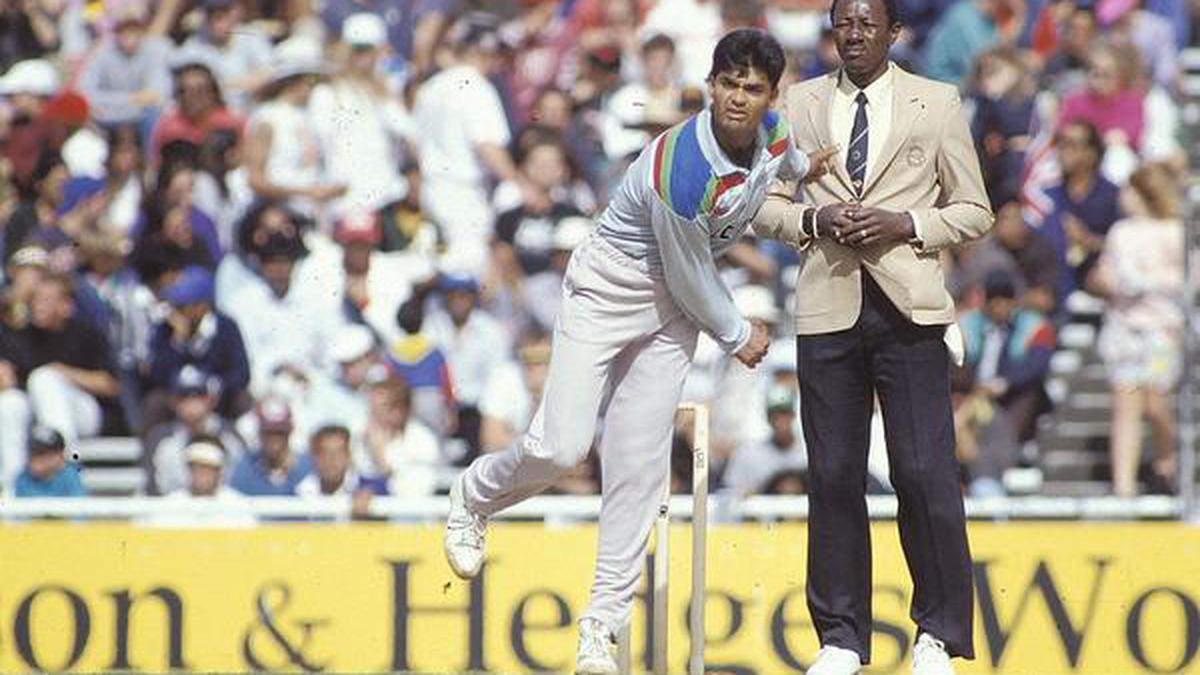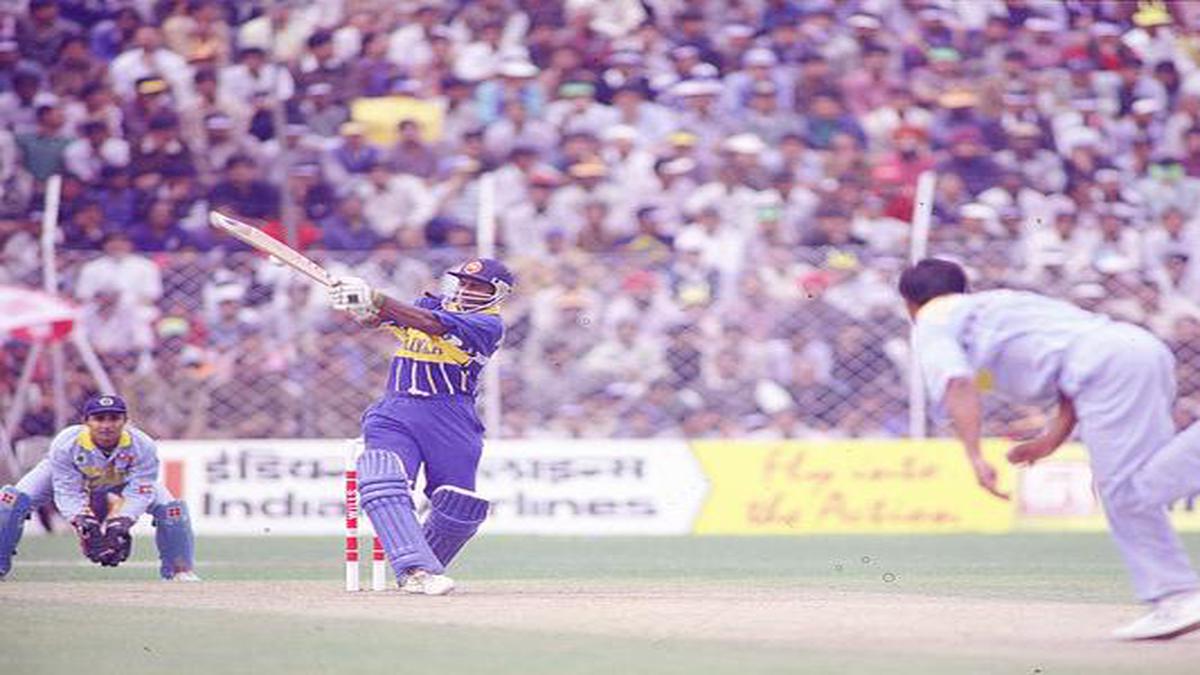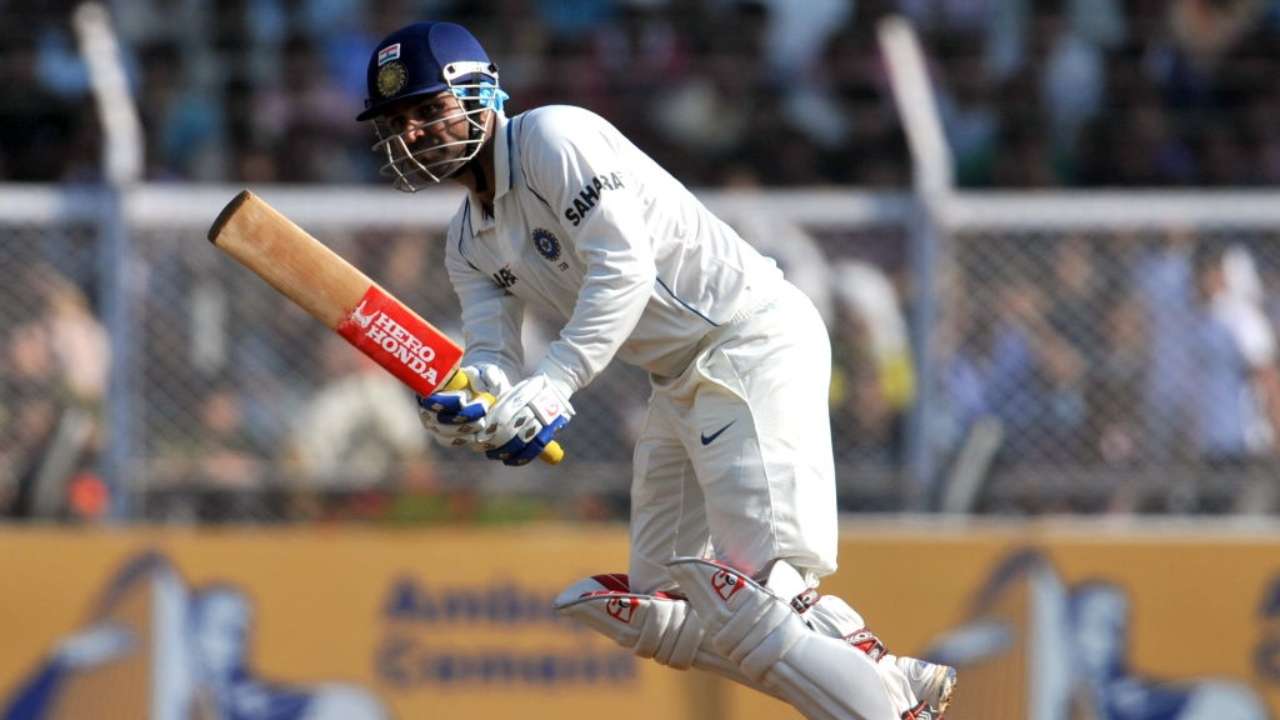Undoubtedly, cricket has evolved! Look at the game, its rules and even the way players have approached it. The rules of the game have played an important role in re-defining the game. But, there have been few instances where a captain’s ‘outside-the-box thinking’ or ‘gut feeling’ changed the sport forever.
Here are 4 Outside-The-Box moves by captains that changed cricket:
1. When Greg Chappel Asked Brother Trevor To Ball Under Arm

36 years before the Sand-paper scandal, Australian captain Greg Chappell and his brother, Trevor scripted the most ignominious controversy in cricket. Australia was playing New Zealand in the final match of the Benson and Hedges World Series Cup on 1 February 1981. The series was evenly tied.
Chasing down a target, New Zealand needed 15 runs off the last over. Trevor Chappell conceded eight runs and claimed 2 wickets in the first five deliveries of the over.
New Zealand needed six runs to tie the match. The Australian captain, Greg Chappell instructed his brother to bowl an underarm delivery to prevent any chances of being hit for a six.
It was almost impossible for the batsman to hit an underarm bowl, as a result, Australia won the match and the series 2-1.
Although the underarm ball was not against the rules at the time, it was considered to be against sportsmanlike and drew widespread criticism.
As a direct result of the match and public reaction, the International Cricket Council (ICC) banned underarm bowling as it was not within the spirit of the game.
2. When Martin Crowe Asked Deepak Patel To Open The Bowling In ODIs

Until the first game of 1992 Cricket World Cup where New Zealand were up against their trans-Tasmanian rivals Australia, pace bowlers were the one who opened the bowling procession in limited overs cricket.
In this match, Deepak Patel made history when Martin Crowe, the New Zealand captain, decided to open the bowling attack with a spinner.
The 33-year-old Deepak Patel had been over-shadowed by John Bracewell. At times, he was even not thought to be good enough to hold a permanent place in the team. But Martin Crowe’s shrewdness put Patel in the forefront.
The spinner was brilliant in his opening spell and the most experienced opening pair of David Boon and Geoff Marsh, failed to cope with his off-break. The batsmen found it tough to hit Patel out of the ground, even in the smaller ones.
The strategy worked well for New Zealand in the 1992 World Cup, they won all but one match in the league stages. New Zealand and its captain Martin Crowe gave a new dimension to One-Day cricket.
Today, almost 30 years later, the world is accustomed to spinners opening the bowling in not just ODIs but also in T20s.

3. When Jayasuria and Kaluwitharana Revolutionized Cricket During 1996 World Cup

Prior to 1996 Cricket World Cup, in ODIs most teams relied on starting off cautiously and then gradually building up the innings in the allotted fifty overs.
But, Arjuna Ranathunga’s move to pair Sanath Jayasuriya, who in the initial years of his career since 1989 had batted in the lower order, and Romesh Kaluwitharana to open the innings for the team, revolutionized One Day Cricket.
Both the batsmen together, with their desire to belt the leather off a cricket ball , dawned a new era when batsmen began to take full toll of bowlers in the first ten overs (called the power play). They re-wrote the coaching manuals with their, hitherto, unknown swashbuckling approach.
4. When Sourav Ganguly Asked Virender Sehwag To Open In Test Cricket

What the Sri Lankan duo of Sanath Jayasuriya and Romesh Kaluwitharana accomplished in the limited over cricket, was set forth by Virender Sehwag, a hard-hitting batsman, when he was asked to open the innings by the Indian captain Sourav Ganguly.
Faced with poor form of regular openers, Sourav Ganguly asked Virender Sehwag to open the batting in India’s England tour of 2002.
And boy, he supplanted his fearless and aggressive batting into test cricket. In the very first innings as opener he scored 84 runs at a strike rate of 87.50.
Dawid Warner, the Australian Test opener, known for his hard-hitting and assertive batting at the top of the order, credited Sehwag for instilling confidence in him.
However, former Pakistan captain Wasim Akram, credited Sahid Afridi, whom he made open the innings in the Tests in the 1999-2000 India series, for heralding aggressive batting at the top of the order in tests. (Read more about the debate)
Follow us on facebook for more sports news & updates

